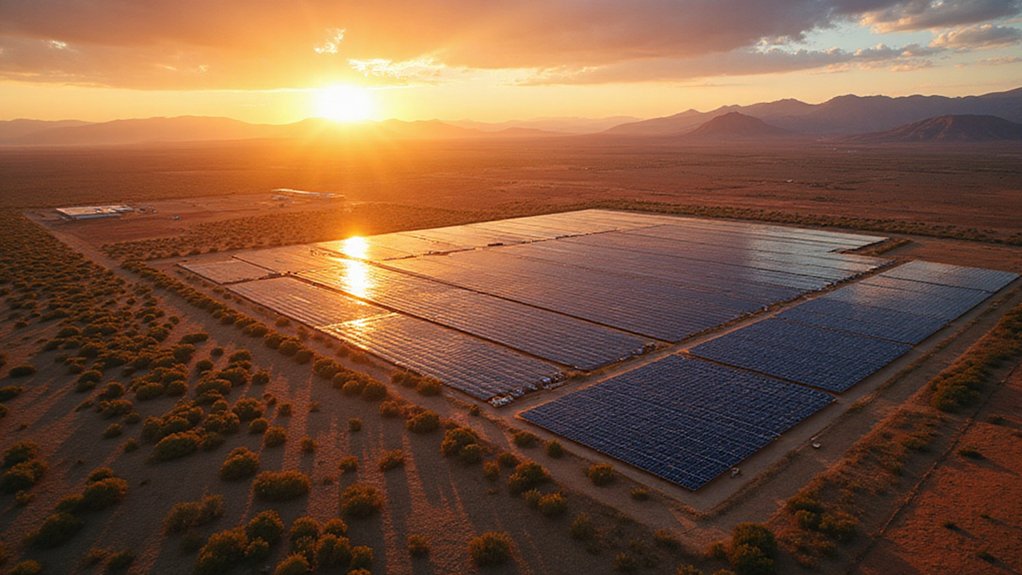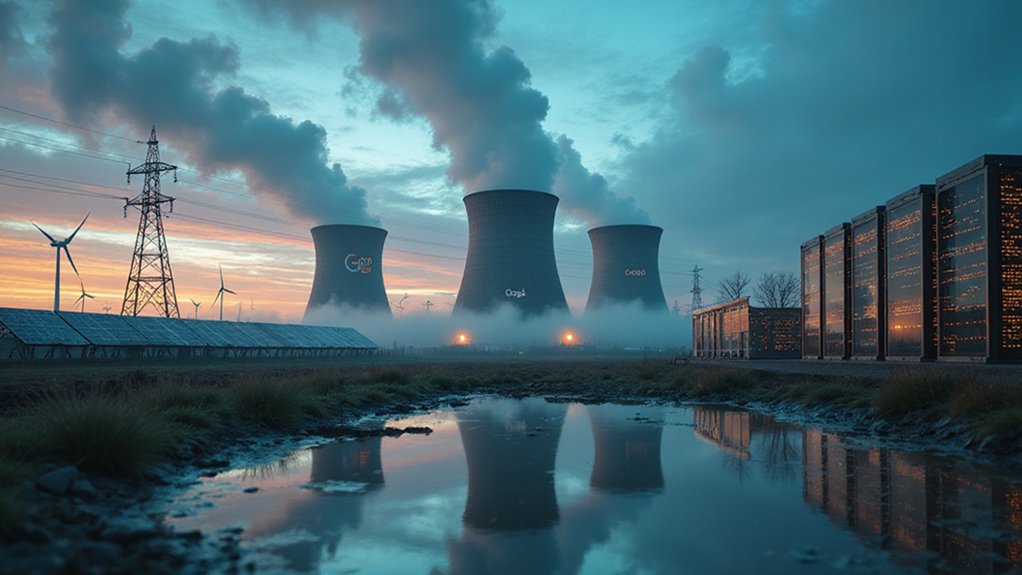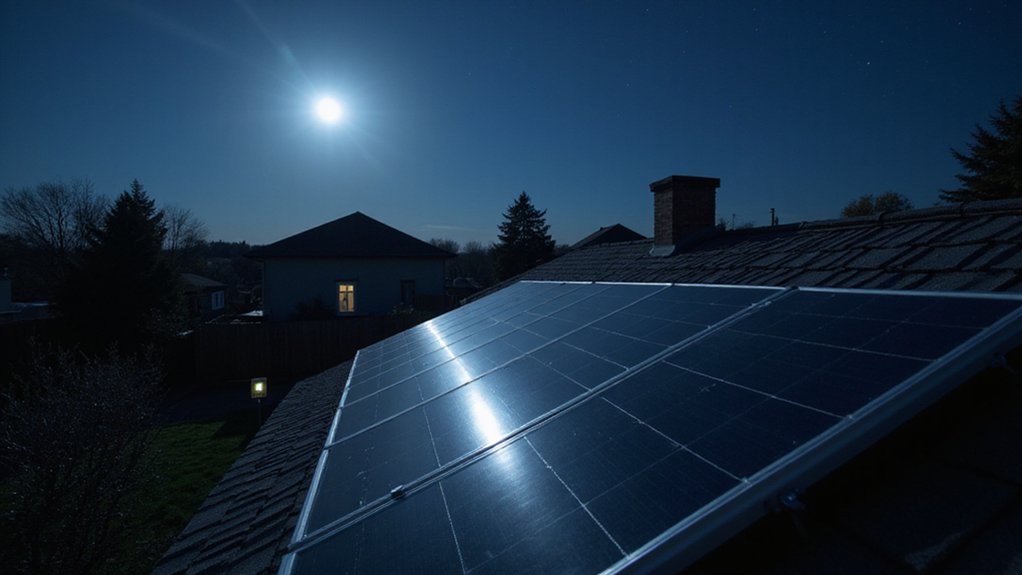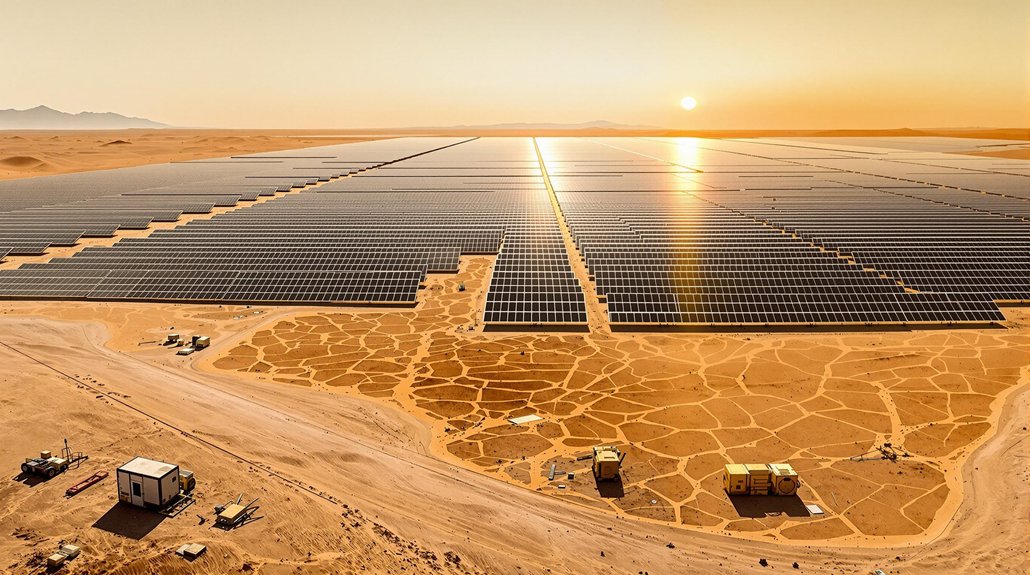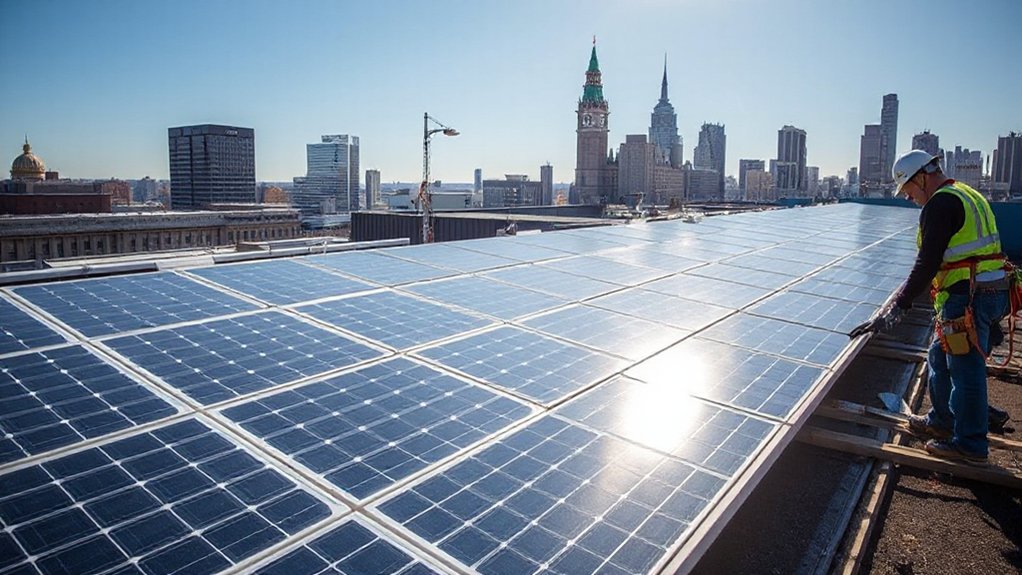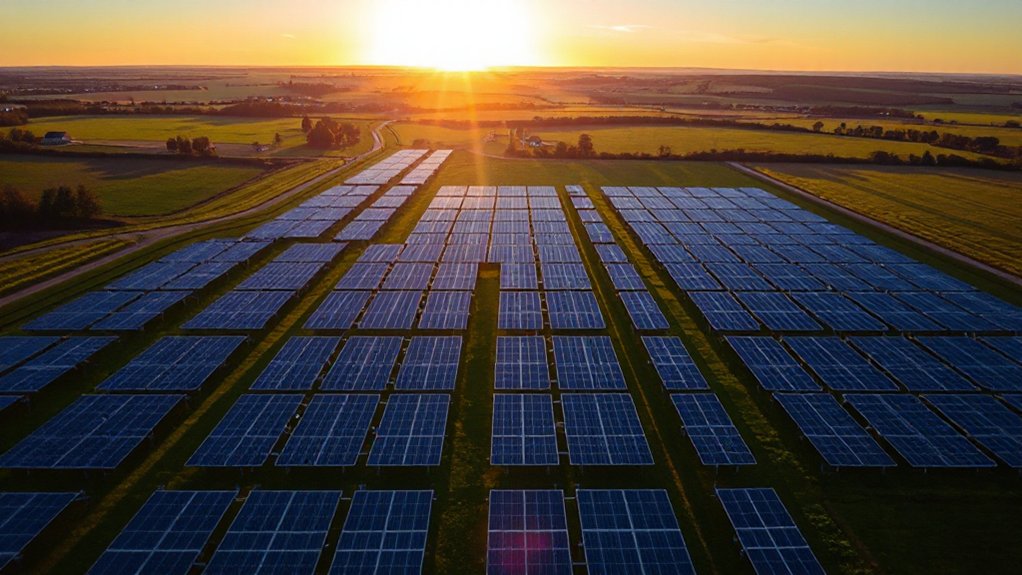America’s solar scenery is changing fast. Five states now lead the nation’s renewable energy transformation: Texas, California, Florida, Arizona, and Nevada. These sun-drenched giants aren’t just installing panels—they’re reshaping the entire energy sector. With Texas planning over 12 gigawatts of capacity, these states are creating jobs while cutting residents’ power bills. The economic and environmental impacts extend far beyond state lines, raising questions about what this means for America’s energy future.
As the United States pushes toward a greener future, the solar industry is experiencing unprecedented growth across the nation. In 2024, solar installations reached nearly 50 gigawatts direct current capacity, marking a 21% increase from the previous year. This boom in solar energy now powers over 7.3 million American homes, with projections suggesting up to 36% of U.S. residential buildings could be solar-powered in coming years.
At the forefront of this solar transformation are five states that have emerged as clear leaders. Texas has claimed the top position with more than 12 gigawatts of planned solar capacity. California, Texas, and Florida generated the most electricity from solar in 2024, reshaping America’s energy environment. These sun-drenched giants aren’t just producing clean energy – they’re creating economic opportunities and reducing residents’ energy bills by 20-50%. Solar accounted for 66% of all new electricity-generating capacity added to the US grid in 2024.
America’s solar revolution is led by Texas, California, and Florida, generating massive clean energy and cutting household bills dramatically.
The impact extends beyond individual states. Together, solar and wind generated a record 756,621 gigawatt-hours of electricity in 2024, with solar accounting for 40% of this production. This combined generation could power more than 70 million average American homes. Remarkably, 30 states now generate at least 10% of their in-state electricity from solar and wind combined. The solar industry continues to be a significant job creator with 167% growth since 2010.
Economic factors continue to drive this growth. The average cost of residential solar systems ranges between $10,290 and $20,580, but falling panel prices and the 30% federal tax credit available until 2032 make these systems increasingly accessible. The nation has seen 5.3 million systems installed nationwide, demonstrating the widespread adoption of solar technology. The industry’s expansion is further supported by government incentives and growing demand for clean electricity from businesses and households.
Looking ahead, the future seems bright. The U.S. plans to add about 97 gigawatts of new electricity capacity in 2025, with nearly 90% coming from renewable energy and batteries. By 2050, solar energy is expected to account for 50% of global electricity generation.
As these five leading states continue to harness their abundant sunshine, they’re not just powering homes – they’re powering America’s shift to a sustainable energy future.
References
- https://enkonnsolar.com/solar-energy-statistics/
- https://seia.org/research-resources/us-solar-market-insight/
- https://www.climatecentral.org/climate-matters/solar-and-wind-2025
- https://www.eia.gov/outlooks/aeo/
- https://carboncredits.com/u-s-solar-and-energy-storage-set-for-major-growth-in-2025-suun/
